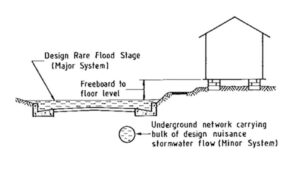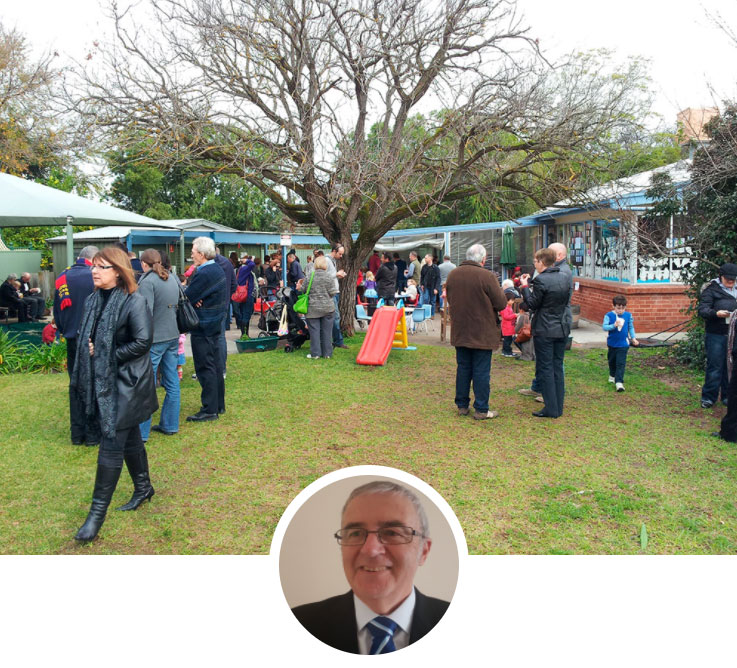Another one of my election promises, for a focus on stormwater management, is taking shape after a briefing of the Council earlier last week.
Stormwater may not be as sexy as building new clubrooms at Goodwood Oval. Likewise, the Millswood Croquet Club or (those outside the Clarence Park Ward) the King William Road, or Unley Oval. It becomes a focus f many in the community however when flooding occurs.
It is an essential part of ensuring the safety and welfare of a community. The City of Unley has long been recognised for this. Hence our commitment some 6 years ago when we committed to the Brownhill Keswick Creek flood mitigation scheme.
The BHKC scheme is a partnership we have with 4 other councils and the stormwater management authority. It is a 20-year program to address identified flooding risks in future heavy rainfall events.
This is not the answer to all the stormwater challenges to the City of Unley. Our underground drainage was designed in a different era for a different era. With infill development and the loss of impervious surfaces around Unley and beyond many areas outside the BHKC catchment remain at risk.
I have been conscious of this risk since my early days on Council.
Readers of this blog would be aware of my previous concerns about this. You will also be aware of my election promise to focus on stormwater management in this term.
I am pleased to say that Council’s administration has done some significant research into the ability of our current infrastructure to cope with future events. Events that (due to climate change) are expected to be more intense and therefore threatening of flooding.
Last Tuesday’s briefing centred on identifying stormwater management principles. An overview of previous studies and current investigations. It will be followed up in the near future when we will be presented with recommendations that will govern our stormwater management action plan.
Understanding what is and is not flooding was discussed. This then provided a definition of what mitigation priorities should be set.
 Importantly flooding has been identified as when the collection of surface stormwater threatens private property. This is not to be confused with water that collects on our roadways but runs off after a “short” while once the rain event has passed. Such has been identified as nuisance ponding.
Importantly flooding has been identified as when the collection of surface stormwater threatens private property. This is not to be confused with water that collects on our roadways but runs off after a “short” while once the rain event has passed. Such has been identified as nuisance ponding.
Our roads indeed are designed to allow the collection of this surface water. If we see this ponding the roads are doing what they have been designed to do.
As we move to define our strategy from now on the focus must therefore be on identifying properties at risk of what used to be known as the 1 in a 100-year event. Fortunately, our research indicates there are not many of these in Unley. Even less in the Clarence Park ward.
A focus on stormwater management will inevitably identify priority areas. Areas that need attention before others.
What will also be identified will be those areas that, for one reason or another, can’t be addressed yet. We have such in Clarence Park. I refer here to Homer Road adjacent to the rain corridor. The problem we face here is it is not easy to address when we don’t know what constraints we may have by the construction of the north-south corridor.
That said, this area will likely feed into the Sturt Creek catchment area. Councils of the Sturt Creek catchment are collectively looking for Unley to contribute to their mitigation. Similar to our involvement with the BHKC mitigation project. Our administration feels we could probably do what we need to do ourselves to address our issues without compromising those Councils.
There are two other areas in Clarence Park that are on our current programming.
That is Wilson Street, Black Forest. And Hammond Avenue, Clarence Park. Work in these two streets is included in our current budget. I expect both to be completed this financial year, subject to accessing both the labour and materials so to do.

Comments